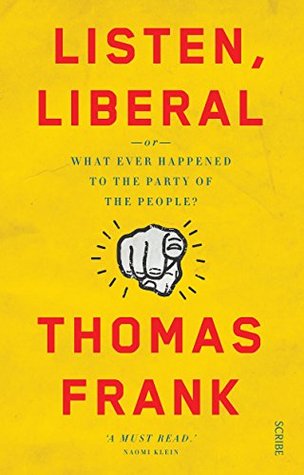In a scholarly paper about social class published in 1946, the sociologist C. Wright Mills found that “Big Business and Executives” in Decatur earned a little more than two times as much as the town’s “Wage Workers” did.7 In 2014, the CEO of Archer Daniels Midland, a company that dominates Decatur today, earned an estimated 261 times as much as did average wage workers. The CEO of Caterpillar, the focus of one of the Decatur “war zone” strikes I described in Chapter Three, made 486 times as much.8 Caterpillar’s share price, meanwhile, is roughly ten times what it was at the time of the strike.
Welcome back. Just a moment while we sign you in to your Goodreads account.


